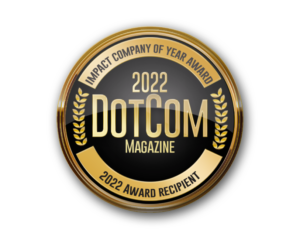Once considered a perk for the elite few, executive coaching has quietly but profoundly evolved into a mainstream driver of business performance. It is no longer reserved for the C-suite in crisis or the high-flyer in need of polish. In today’s volatile, high-stakes business landscape, executive coaching has become a strategic lever—used not just to fix leaders, but to forge them.
From Perk to Performance Catalyst
The global economy doesn’t wait for leaders to catch up. With pressures mounting around digital disruption, talent retention, and stakeholder expectations, executives are asked to deliver vision and results at unprecedented speed. This has given rise to a new type of coaching—not reactive, but proactive; not remedial, but regenerative.
Companies now deploy executive coaching as a way to align leadership with organizational strategy. The goal is no longer soft skill enhancement alone, but sustainable performance: resilience in uncertainty, decisiveness under pressure, and authentic influence across all levels of the organization.
What Top Performers Already Know
Elite athletes don’t succeed without coaches—and neither do elite executives. The highest performers in business understand that self-awareness is not static. Coaching provides a mirror, a sounding board, and a framework for refining one’s decision-making edge. It also creates space to pause, reflect, and recalibrate—a rarity in today’s reaction-driven executive rhythm.
Research supports this shift. A study by the International Coaching Federation found that 86% of companies saw a return on investment from coaching, and 70% saw measurable improvements in performance, relationships, and communication. In the boardroom, those metrics translate directly into shareholder confidence and organizational momentum.
Coaching as Strategic Infrastructure
The most forward-thinking organizations now embed coaching into their leadership development ecosystems. Rather than waiting for burnout or behavioral issues, they provide coaching at key transition points—during promotions, acquisitions, or cultural transformations. In these moments, coaching becomes not just developmental, but protective: a safeguard for the business and a growth accelerant for the leader.
Executive coaching also aligns tightly with diversity, equity, and inclusion goals. It helps new leaders from underrepresented backgrounds navigate legacy structures, build political capital, and develop their own leadership voice. In short, it levels the playing field.
The Coaching Conversation Has Changed
What executives want from coaches has changed dramatically in the last five years. While emotional intelligence, conflict resolution, and executive presence remain vital, leaders now seek support in complex areas: managing hybrid teams, navigating geopolitical risk, leading with purpose, and making ethically complex decisions.
Today’s executive coaches must be part strategist, part psychologist, and part trusted advisor. They are expected to understand industry trends, organizational politics, and human behavior—all while staying attuned to the leader’s evolving sense of identity.
Coaching the Organization, Not Just the Individual
The ripple effects of executive coaching are perhaps its most undervalued asset. When a leader gains clarity, the entire team often gains alignment. When a leader shifts mindset, culture starts to shift with them. And when a leader begins making decisions from a place of grounded confidence, the organization’s risk tolerance, creativity, and cohesion all tend to improve.
In this way, executive coaching becomes less about the individual and more about the enterprise. It enhances how leaders show up, how they relate to others, and how they drive transformation in their organizations.
Final Thought: Don’t Wait for the Wake-Up Call
Too often, companies invest in executive coaching only after a leadership breakdown. But the most impactful coaching happens upstream—before crisis, before fatigue, and before opportunity slips away.
If your company is navigating growth, change, or reinvention, executive coaching is no longer optional. It’s a modern leadership necessity—an invisible structure that supports clarity, confidence, and long-term value creation.
The bottom line: coaching doesn’t signal weakness. It signals strategy.









